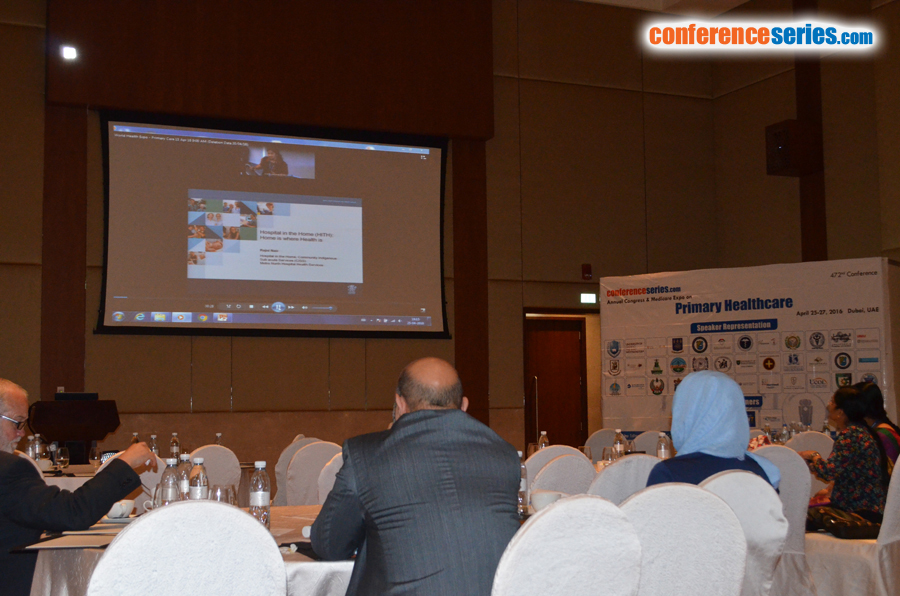
Rajni Nair(Video Presentation )
Metro-North Hospital Health Services, Australia
Title: Home is where health is
Biography
Biography: Rajni Nair(Video Presentation )
Abstract
Hospital in the Home (HITH) involves the provision of acute, sub-acute treatments by health care professionals at a patient’s usual place of residence as a substitute for inpatient care received at a hospital. Patients are considered to be inpatient with preservation of medical governance. Most states and territories in Australia have HITH programs under which admitted patients are provided with hospital care in the home. The drive for HITH care in Australia has been due to rising health care costs increasing the need to reduce inefficient health care expenditure; growth in the demand of inpatient care in the context of limited public hospital bed supply; shifting demographics and population growth, hospital access issue, increased responsive to consumer preferences; and the development of portable hospital technologies, drugs delivery devices. The Metro-North HITH model of care has incorporated 4 tertiary hospitals, with care provision provided to patients in varied diagnosis related groups (DRG), with intravenous antibiotics, fluid management, wound management, blood transfusion, peritoneal dialysis and rehabilitation. Studies have shown that HITH is more beneficial when access block to hospitals is interjected, in Emergency Department. A pilot project conducted in one of the tertiary hospitals showed that the presence of a HITH nurse within the Emergency Department proved to be very effective and efficient in referring patients onto the HITH services. Other than the lesser waiting time for patient, outcomes were predominantly the portrayal of the efficiency in health services, cost savings, patient satisfaction, further referrals and less representation back to hospital.


